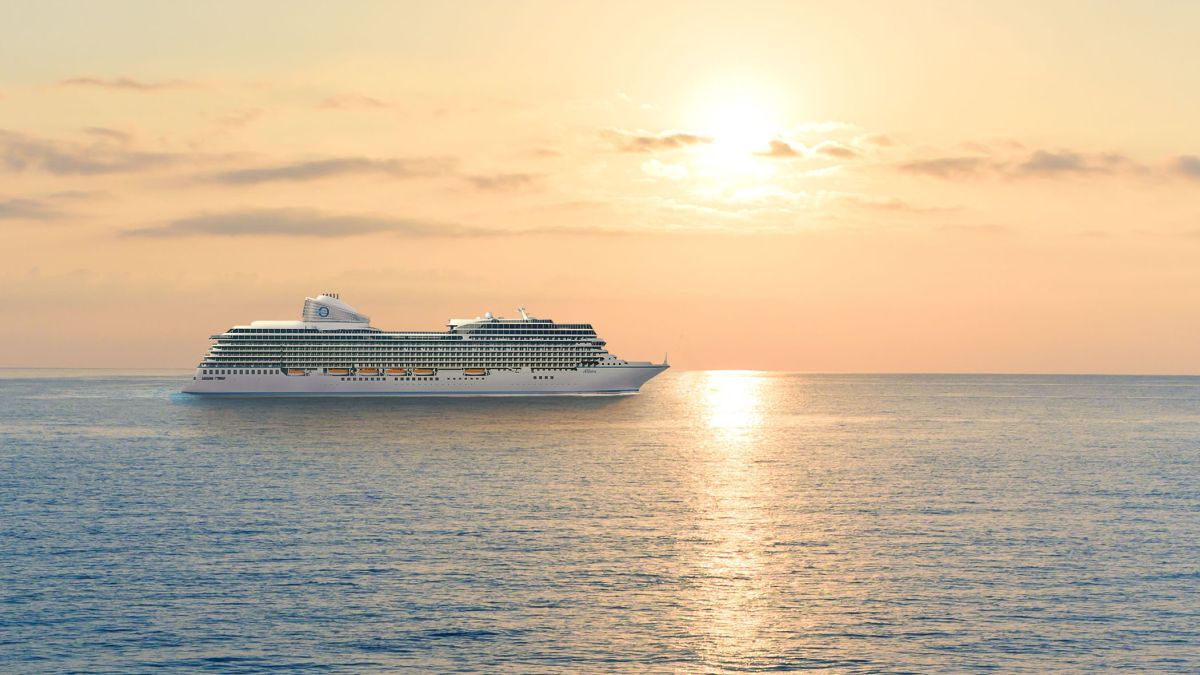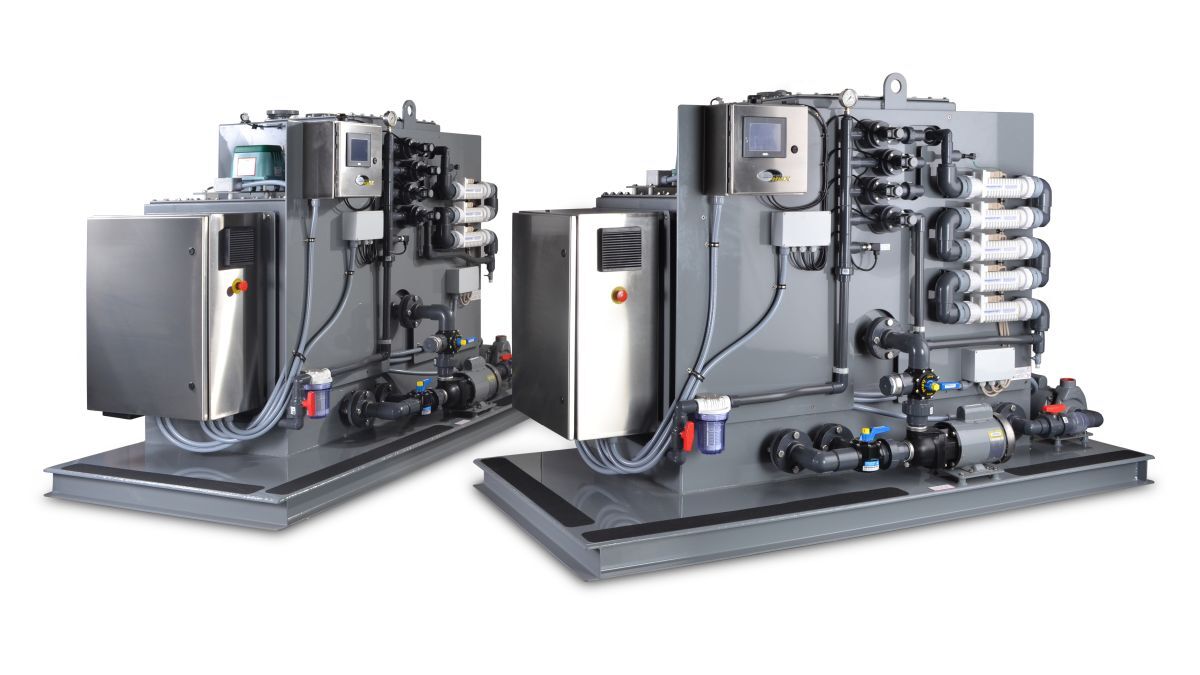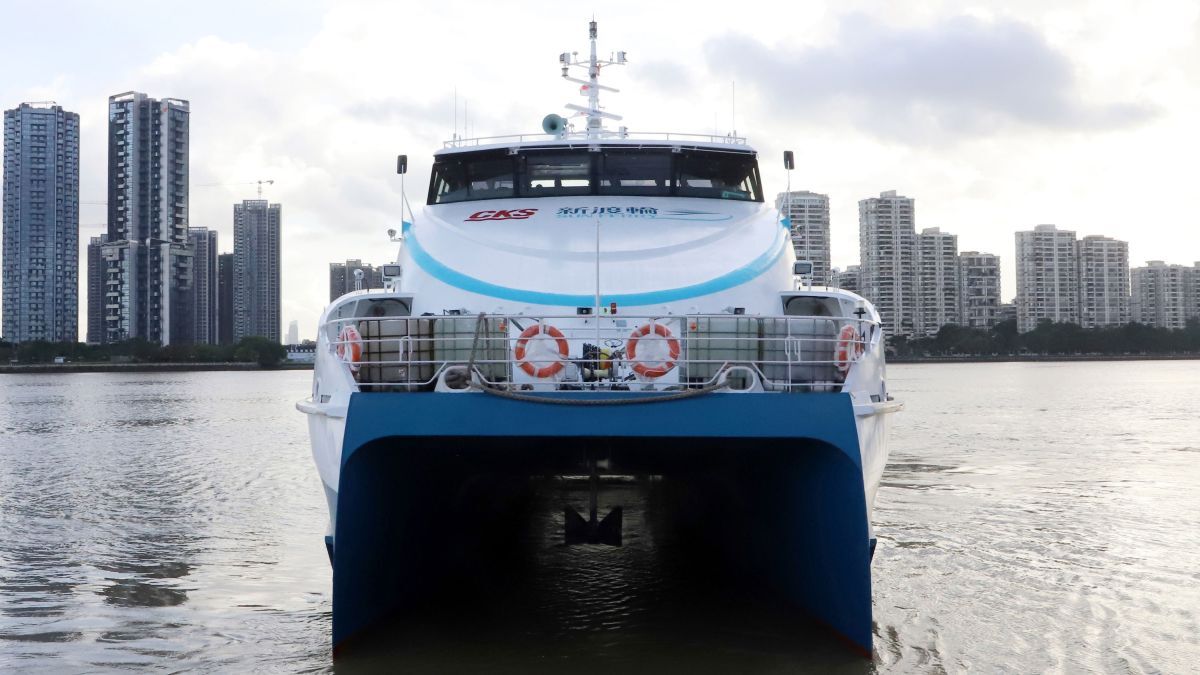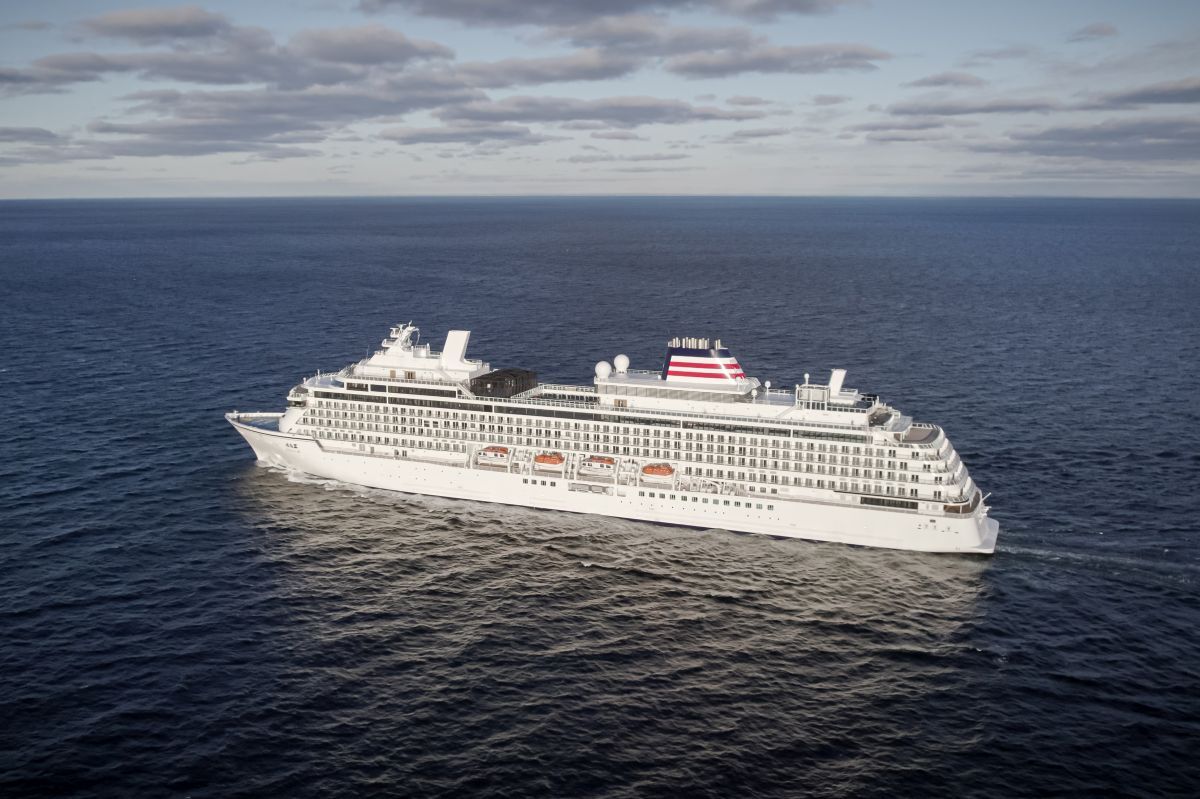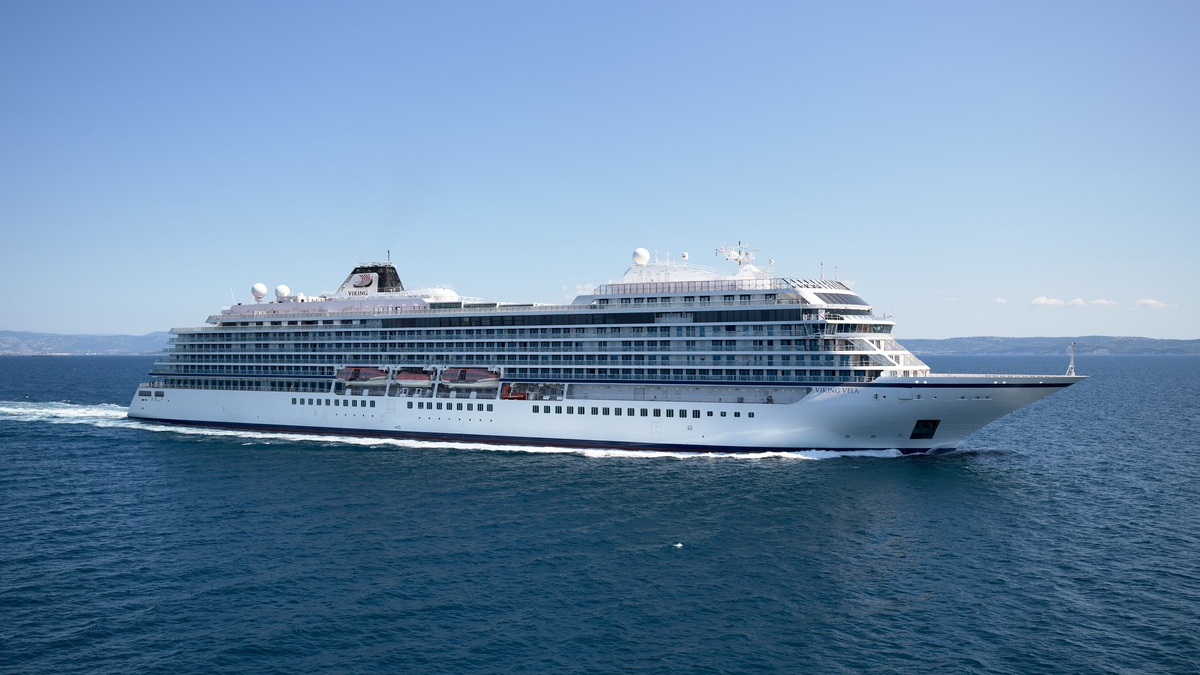Business Sectors
Events
Contents
HVAC solutions go even smarter
HVAC is one of the biggest consumers of energy on a passenger ship, but there are some brand new solutions with sophisticated ways of reducing energy costs
Heating, ventilation and air conditioning (HVAC) continues to be a major consideration for cruise ship operators – a point that has been highlighted by Carnival Corp’s senior vice president of maritime affairs, Tom Strang.
In an energy efficiency session at the recent Seatrade Cruise Global trade event in Miami, he said: “HVAC is one of the biggest energy consumers on board a cruise ship.” He said that it was by far the biggest energy output within the accommodation sector of a cruise ship, but “if you can control when it is on and off and monitor the amount of CO2 that people produce, then there is a lot that can be done through smart technology and better maintenance.”
Indeed, there has been a huge evolution in the smart HVAC systems that are available. One of the most recent innovative solutions comes from Halton Marine, which has launched a completely new HVAC technology that promises to provide substantial savings in ventilation lifecycle costs.
“As a result of continuous research and development work, Halton Marine introduces a completely new cabin ventilation system for cruise ships,” a statement explained. Halton’s chilled beam is an air conditioning system for cooling, heating and ventilating spaces where good indoor climate and individual space control are appreciated, it said.
The chilled beam system is an air and water installation that uses the heat transfer properties of water and provides “excellent” indoor climate conditions with good energy efficiency, according to the company.
Halton said that chilled beam systems use the dry cooling principle, whereby the system’s design and controls create condensation-free conditions. The product is designed in such a way that the recirculated air does not need to be filtered.
The efficient mixing provided by the chilled beam ventilation system results in uniform air quality inside the cabin. Supply air is diffused from linear slots on the beam. Chilled beams use the primary air to induce and recirculate the room air through the heat exchanger of the unit, resulting in high cooling capacities and excellent thermal conditions in the space, without a fan.
According to an independent study, chilled beams offer substantially lower lifecycle costs compared with more traditional systems like fan coils. There are no filters to change, and no fan, with its associated electrical consumption and maintenance. “But it is not only about savings. It is about the comfortable conditions. The chilled beam system offers more comfortable cabin ventilation conditions, individual control of temperature, draught free conditions also in maximum cooling loads, and low sound levels,” the company added.
Halton has long experience in manufacturing chilled beams for different types of buildings, such as high-end offices, hotels, hospitals and retail shops, around the world. The Halton Marine beam is an extension to the company’s established portfolio and is specifically designed for cruise ship applications. In addition to full-scale indoor air laboratories on three continents, Halton has full-scale beam testing facilities in Finland.
Koja Marine has launched new solutions, too. It has introduced its new cabin control system and HVAC automation system for cruise and ferry projects.
Esko Nousiainen, Koja Marine director, commented: “The new cabin control system is of our own design. It is designed for ethernet applications and is freely programmable. The new HVAC automation is our own design, too, with many innovative energy saving features.”
He added: “We are investing tens of millions of euros in upgrading our production and laboratory at Tampere and also our production facilities at Jalasjärvi. At Tampere a completely new 10,000m2 factory for industrial fans is being built and our laboratory facilities are also being completely rebuilt. All marine production has been moved to our Jalasjärvi factory, which means that we have been able to renew all our production machinery over the past five months.”
Koja has also recently signed what it describes as a “huge contract” for several cruise vessel HVAC systems, but the company is not yet allowed to disclose information about this.
Elsewhere, Teknotherm has scooped the contract to supply the complete HVAC systems and provisions cooling plant for up to four new polar cruise ships for Hurtigruten, to be built by Norwegian shipyard Kleven Verft. The vessels – the first cruise ships to be fully electric – will be deployed in Arctic and Antarctic areas. They have been designed by Rolls-Royce Marine in Norway and customised for expedition voyages.
Hurtigruten prioritises sustainability, and the new ships will be equipped with advanced environmentally friendly technology to reduce emissions. Teknotherm said that it would be using energy recovery solutions and energy efficient equipment in the HVAC systems.
Teknotherm’s latest innovation, the CFU-500 Enigma cabin fan coil unit, will be supplied for this project. The unit combines state-of-the-art energy recovery with maximum comfort for passengers, according to the company. The system considerably reduces the number of air handling units, the size of the chillers and the amount of ducting needed on board.
Meanwhile, more than 1,000 Vacon 100 Flow AC variable speed drives from Danfoss Drives will be used by Finnish automation and electrification specialist VEO in the electrical systems of four large luxury cruise ships being built by German shipbuilder Meyer Werft. The drives, which range in size up to 250kW, will principally be used in HVAC and pump applications.
Meyer Werft awarded VEO the multi-million euro contract to provide electrical systems for the ships in early July 2016. VEO started work on the project immediately, and it is expected to continue until 2022. The contract includes options for VEO to provide electrical systems for future vessels built by Meyer Werft, and it is anticipated that these systems will incorporate large numbers of AC variable speed drives from Danfoss Drives.
“We have been using Vacon products for many years,” said VEO industry vice president Jarkko Aro. “We have always been very impressed by their performance, quality, reliability and value for money. In addition, the products are backed by outstanding technical support, and we always get a fast, helpful response to any special requirements we may have. With all of this in mind, Vacon AC variable speed drives from Danfoss were clearly the best choice for the largest and most prestigious project VEO has ever undertaken.”
The Vacon 100 Flow AC variable speed drives chosen by VEO for use in the luxury cruise liner systems are optimised to provide efficient flow control with pumps and fans. They use dedicated menu systems that make set up easy and, as standard, they incorporate invaluable flow-related features such as a two-zone PID (proportional, integral, derivative) control, multimotor options and an anti-ragging function that helps guard against pump blockages.
Related to this Story
Regulations drive wastewater developments
Sun Ferry: a ‘stepping-stone’ approach
NYK Cruises takes delivery of Asuka III
Events
Maritime Environmental Protection Webinar Week
Cyber & Vessel Security Webinar Week
The illusion of safety: what we're getting wrong about crews, tech, and fatigue
Responsible Ship Recycling Forum 2025
© 2024 Riviera Maritime Media Ltd.


